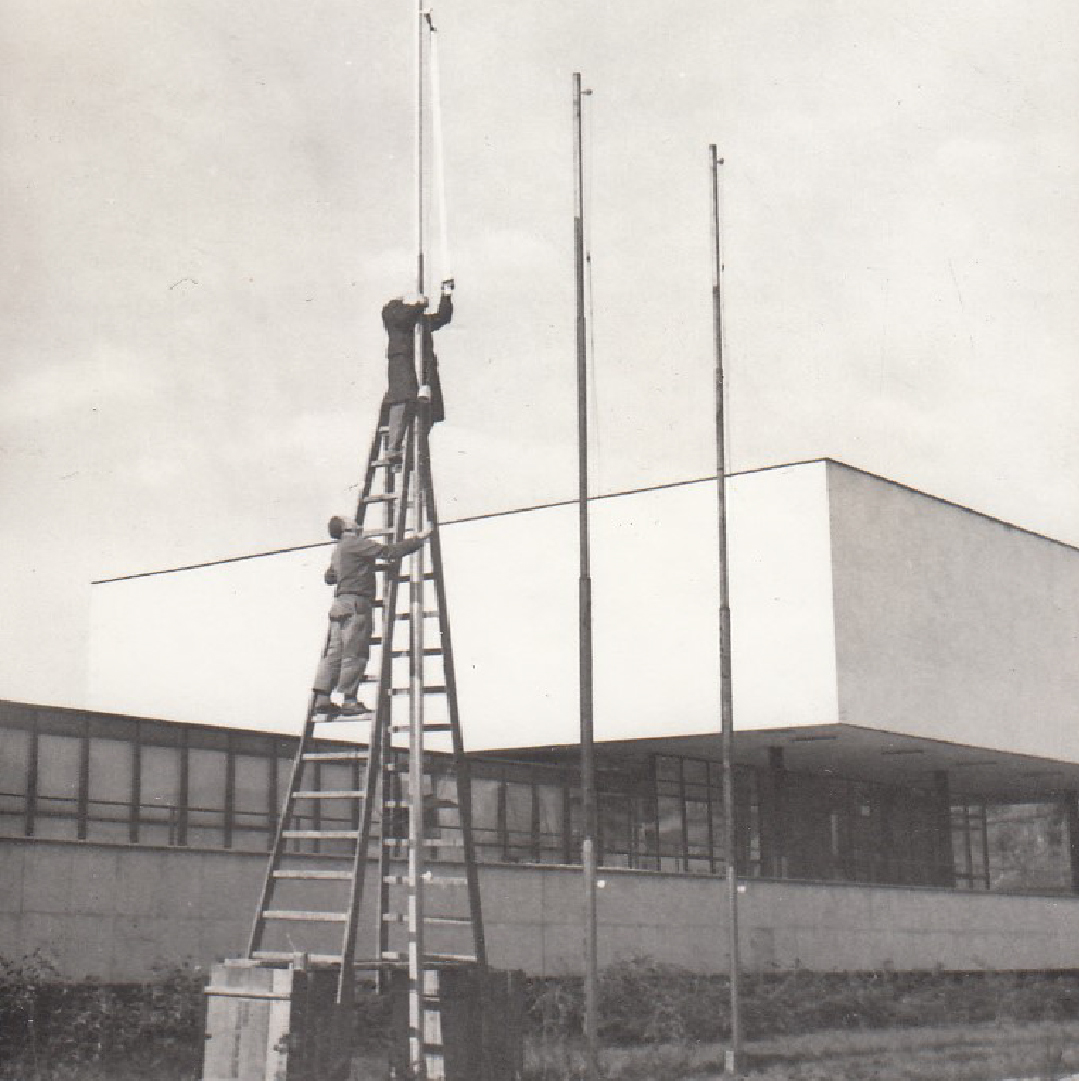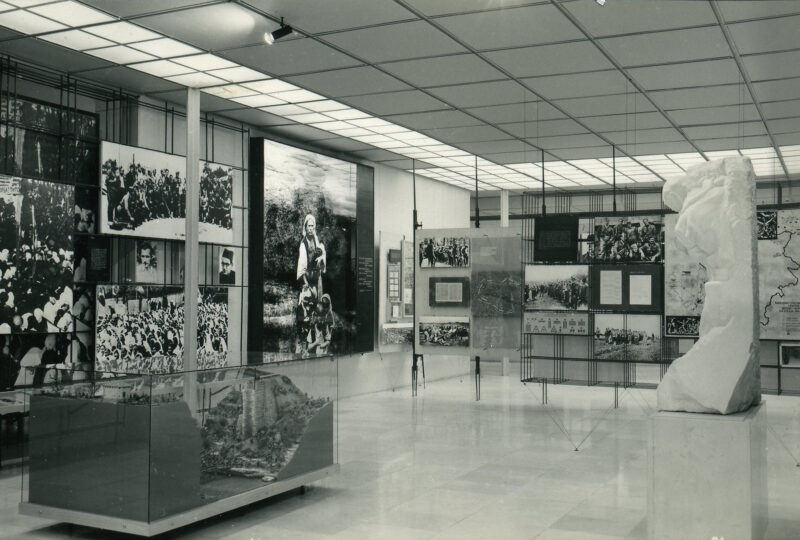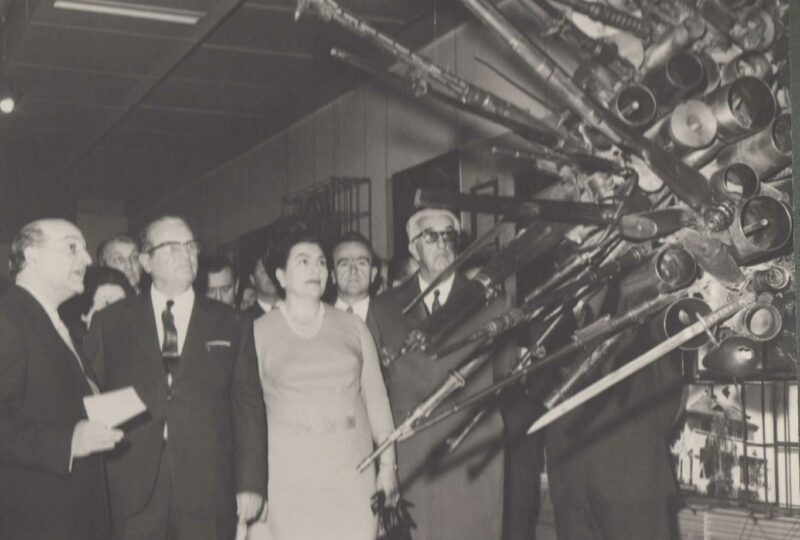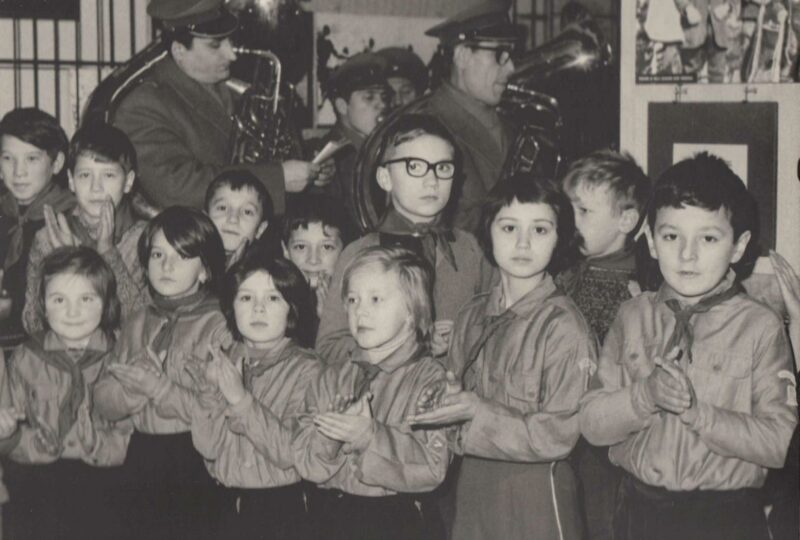The history of the museum

The Historical Museum of Bosnia and Herzegovina collects, preserves, researches, presents, and promotes the cultural-historical heritage of Bosnia and Herzegovina. From its founding in 1945 until 1993, the museum was thematically focused on the history of the Second World War and the construction of socialist values. The name of the museum has changed several times.
The history of the museum can be divided into several phases. The first phase, from the founding in 1945 until the move to the museum building in 1963, involves work on establishing the museum’s collection and forming the museum team. Among the key events in the second phase of institutional history (from 1963 to 1992) is the opening of the museum’s first permanent exhibition on November 25, 1966. This event marks the beginning of the museum’s golden era: the museum becomes a center of educational, research, and production events in the museology of Bosnia and Herzegovina. The activity of collecting materials from the entire territory of BiH gradually led to the transformation of the museum into an organized and professionally competent institution, which then provided assistance to other institutions in the realization of permanent museum exhibitions. The launch of the periodic publication “Proceedings,” and the study of museum theory and practice, made significant strides in the field of museography of Bosnia and Herzegovina. The museum operates in the field of networking museums and memorial institutions of Bosnia and Herzegovina – creating a general concept of the museum network and the museum produces permanent installations of memorial units throughout the country. An additional incentive for the museum’s further work was the award of the Order of Brotherhood and Unity with a golden wreath, which was presented to the museum staff by Josip Broz Tito. The third phase in the work of the museum began with the disintegration of Yugoslavia and chronologically coincides with the war in Bosnia and Herzegovina. From 1992 to 1995, the museum building was on the war line called “sniper alley”. Despite the difficult conditions, the museum staff maintains the museum collections daily. The building was damaged, and the exhibits were transferred from higher floors to safer museum depots. In 1993, the museum was renamed the Historical Museum of Bosnia and Herzegovina, and its thematic structure and range of museological functions were significantly increased.
After the signing of the Dayton Peace Agreement, the museum, along with six other cultural institutions of national importance, was left without a legal framework, a system of financing, and regular support from the state. Out of a desire to integrate the museum into contemporary Bosnian-Herzegovinian society and for the museum to take on an important role in the processes of confronting the past, the museum team has been working since 2012 on developing activities and programs. With a change in policy and strategy, the relationship of the audience towards museum institutions changed, and at the same time, the museum gained a new place in the cultural life of the city. Inspired by the mechanisms of action of the Museum of the Revolution of BiH, the museum follows contemporary practices and tendencies in the museum profession. The legacy of the “revolution in the museum” is continuous work with the community on musealizing memories and experiences of the ordinary person. The museum has (pioneeringly) opened sensitive topics from the recent history of Bosnia and Herzegovina. Faced with the challenges of post-war society, the museum has survived thanks to a concept of openness to society and strengthening ties with the community, offering the public content through which the past, present, and future are discussed through museum objects, stories, and space.


